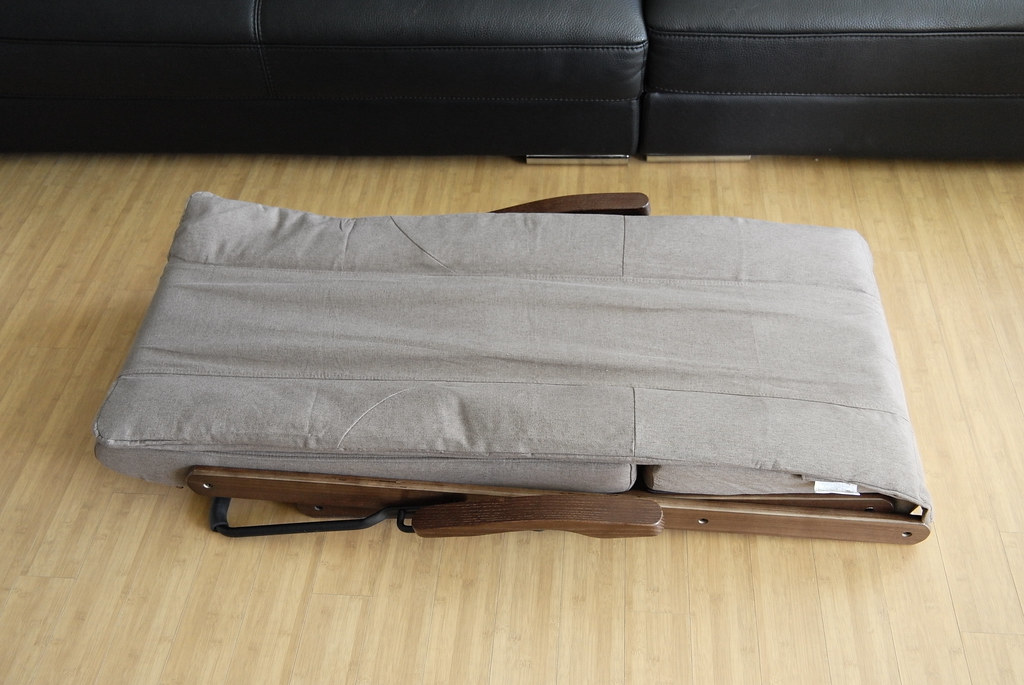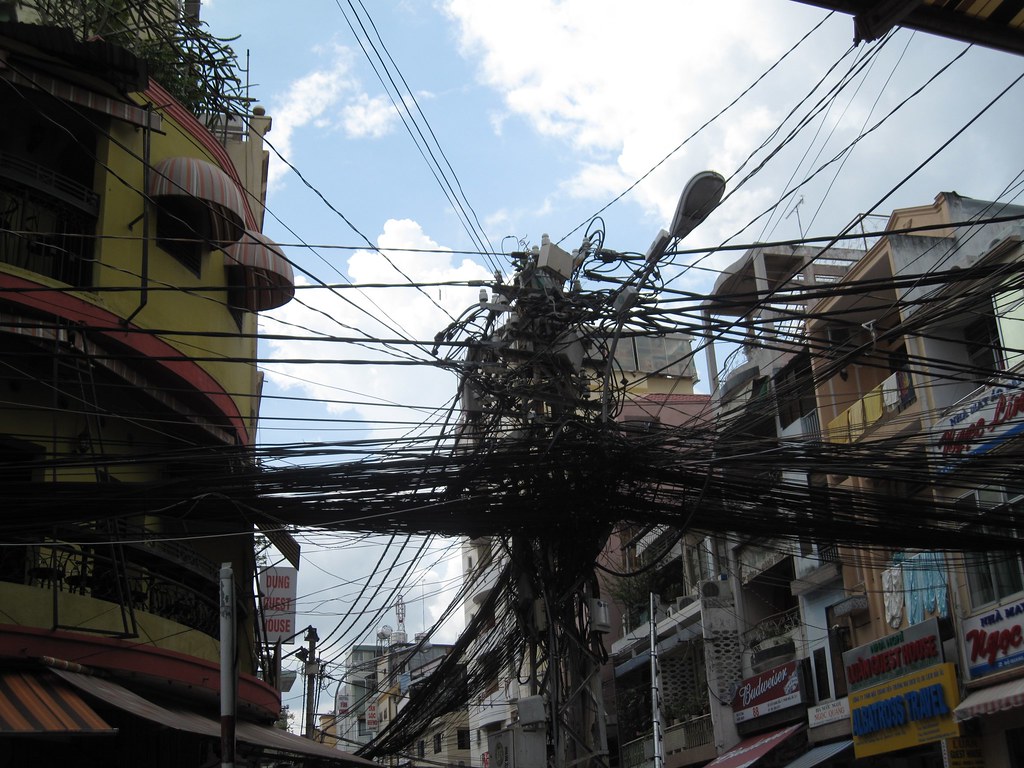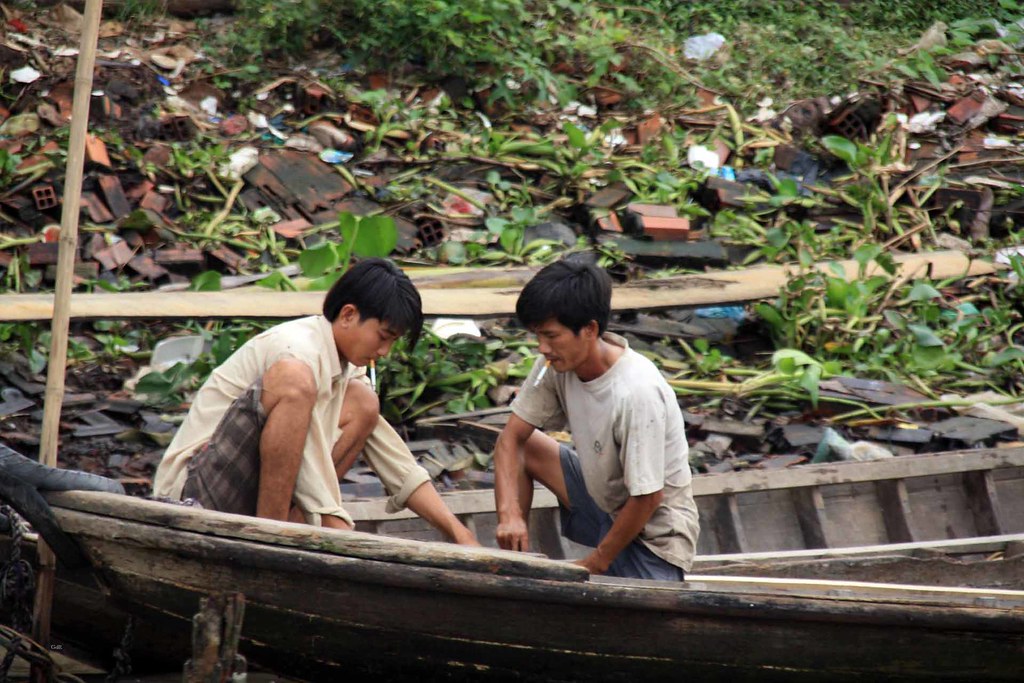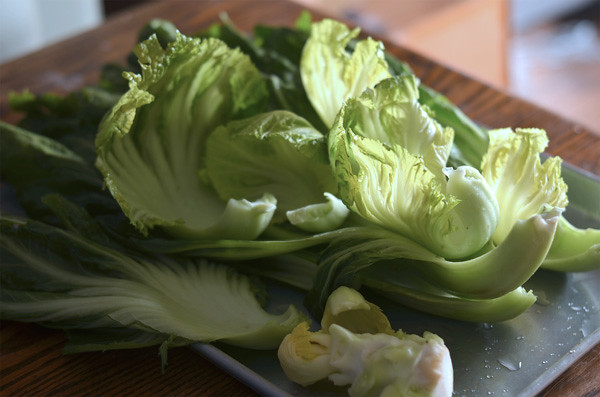Exploring the Ancient Kingdom of Champa: Vietnam's Archaeological Treasures
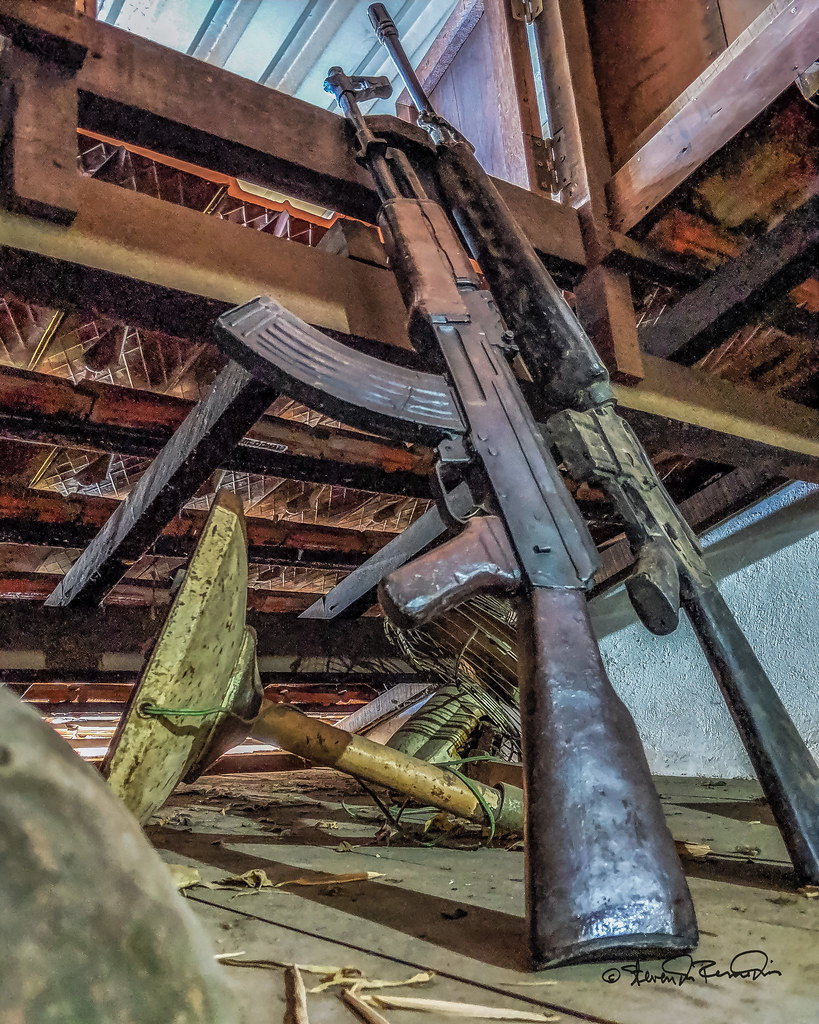
The Champa Kingdom, located in what is now modern-day Vietnam, was an ancient civilization that flourished from the 2nd to the 17th century. Known for its unique architecture, vibrant culture, and skilled craftsmanship, Champa left behind a legacy of remarkable archaeological treasures that continue to captivate researchers and historians today.
One of the most notable archaeological sites in Vietnam is My Son, a cluster of Hindu temple ruins that served as the religious and political capital of the Champa Kingdom. Designated as a UNESCO World Heritage site, My Son showcases the architectural brilliance of the Cham people, with its intricately carved stone sculptures and towering brick temples.
Exploring the ruins of My Son offers a glimpse into the religious practices and beliefs of the Champa civilization. The temples were dedicated to the worship of Hindu deities such as Shiva, Vishnu, and Krishna, and were used for important rituals and ceremonies. Today, visitors can wander through the ancient structures, marveling at the craftsmanship and admiring the intricate details that have withstood the test of time.
In addition to My Son, other archaeological sites in Vietnam provide valuable insights into the Champa Kingdom. Places like Po Nagar, located in Nha Trang, contain a complex of temples dedicated to Cham deities. These temples demonstrate the influence of both Hinduism and Buddhism in the Champa civilization.
Archaeologists have also unearthed a wealth of artifacts, including pottery, jewelry, and tools, which shed light on the daily lives of the Cham people. These artifacts provide invaluable clues about their agricultural practices, trade networks, and artistic traditions.
Studying the archaeological treasures of the Champa Kingdom is essential to understanding the cultural and historical heritage of Vietnam. Through ongoing excavations and research, archaeologists continue to unravel the mysteries of this ancient civilization, uncovering more about its political structure, societal customs, and artistic achievements.
The preservation and promotion of these archaeological sites is crucial for maintaining Vietnam's cultural identity and attracting tourists from around the world. By appreciating and learning from these archaeological treasures, we can gain a deeper appreciation for the rich and diverse history of Vietnam.
